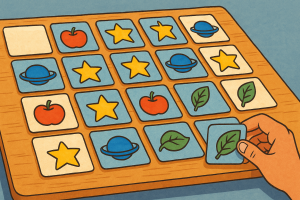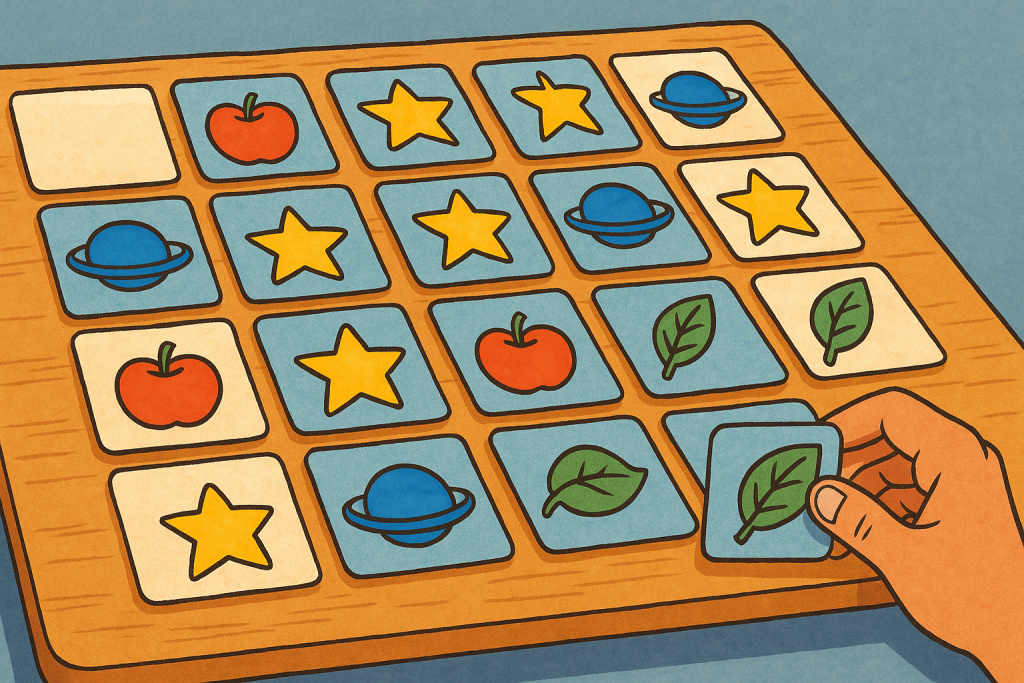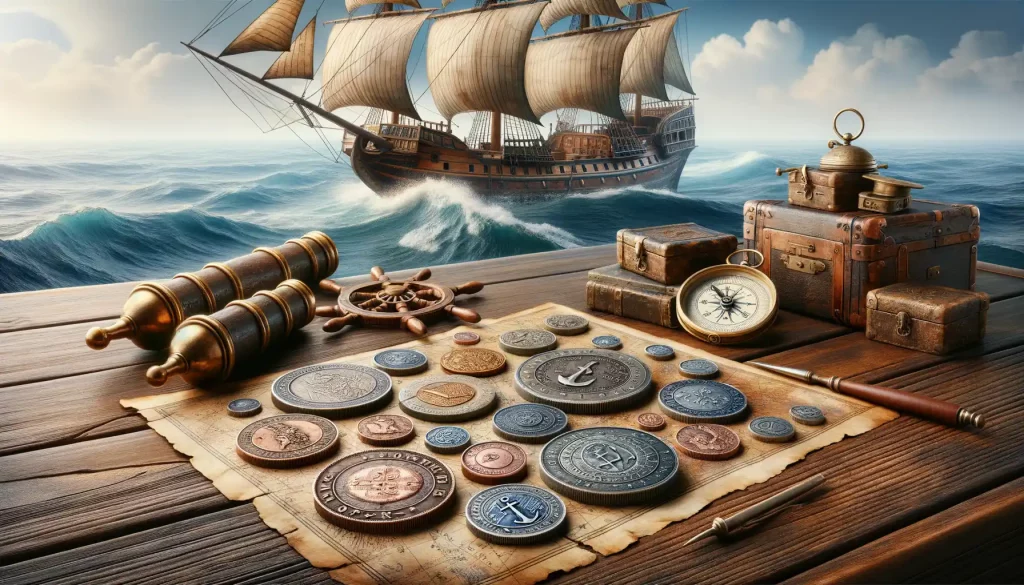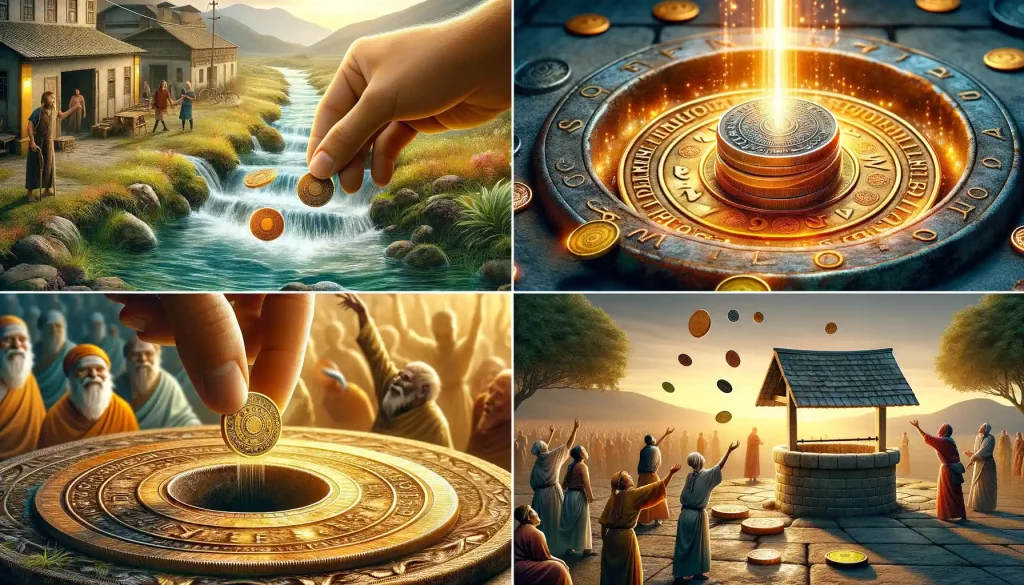Preparing for a Coin Show or Auction
Set Your Game Plan
Walking into a coin show or auction without preparation is like diving headfirst into a treasure chest without a flashlight. Start with the basics: review the event’s schedule and venue map. Are there seminars you’d love to attend? Dealers you’ve been dying to meet? Highlight those must-visits so you can hit the ground running.
Next, consider your goals. Are you hunting for an elusive 1909-S VDB Lincoln cent or simply browsing? Knowing this helps you focus. Don’t forget a wish list of coins and their approximate values—it’s your compass in the sea of temptation!
- Pro Tip: Bring a loupe or magnifying glass to inspect coins up close.
- Have cash on hand—some dealers may not take cards, and cash occasionally secures better deals.
Pack Like a Pro
Preparation goes beyond research—you’ll need the right gear. A comfortable bag is a lifesaver for coin purchases and freebies, while a notebook or app can help track your finds. If you’ve never spent hours on your feet at an event like this, trust me, comfy shoes are non-negotiable. And don’t underestimate the mood-boosting power of a snack; bidding wars are no place for low blood sugar.
Navigating the Venue Effectively

Finding Your Bearings in a Sea of Displays
Walking into a bustling coin show or auction venue can feel like stepping into an intricate treasure map. Every turn offers something new – glittering cases, murmuring crowds, the occasional gleam of gold catching the light. But how do you keep from feeling overwhelmed in this maze of numismatic wonders? Here’s your compass.
First, grab a floor plan if one is available. It might not seem glamorous, but trust me, having a bird’s-eye view of the setup can save you precious time. The key areas to prioritize:
- Dealer tables for specific coins you’re hunting.
- The auction zone – this is where the energy truly crackles.
- Rest areas (yes, you’ll need a break to recharge, even if it’s just for a coffee).
Tip: Don’t rush past booths that catch your eye. Some of the best finds are discovered where you least expect them – think of it as stumbling upon a hidden side street in an unfamiliar city.
Mastering the Art of Efficient Exploration
Time is your most valuable resource here, second only to your budget! Start with a simple strategy: divide and conquer. Split your visit into sections – cover one corner of the room entirely before moving to the next. This ensures you don’t zig-zag aimlessly like a metal detector without focus.
When navigating dealer tables, try this golden rule: if it’s crowded at one table, browse others nearby, then circle back later when the crowd thins out. You’ll save yourself frustration and gain better opportunities to engage with dealers. And remember, a quick snap of photos (if permitted) or jotting notes can help you track locations of must-visit stands.
Finally, don’t forget to look up now and then. Watch for signage or overhead banners pinpointing major exhibitors or featured collections. They can serve as landmarks, guiding you back on course when enthusiasm pulls you in too many directions.
Interacting with Dealers and Collectors

Starting Conversations That Spark Connections
Coin shows are more than just marketplaces—they’re buzzing hubs of energy where stories, history, and rare finds collide. Walking up to a table filled with glittering coins can feel a bit like stepping into a treasure trove. To break the ice with a dealer, try starting with a specific question like, “What’s the story behind this coin?” or “Do you have any pieces from the 19th century?” Dealers love sharing their knowledge, and these openers show genuine curiosity.
Collectors, on the other hand, are your peers in the hunt. Spot someone admiring something you were eyeing earlier? Strike up a conversation: “I saw that piece earlier—what drew you to it?” These moments can lead to exchange of tips or even future collaborations. And don’t forget to ask about their collecting focus—it’s always fascinating to hear why someone’s heart is set on ancient Roman coins or rare mint errors.
Etiquette That Leaves a Lasting Impression
While enthusiasm drives great interactions, a little etiquette goes a long way:
- Avoid handling coins without permission. When in doubt, simply ask, “May I take a closer look?”
- Respect pricing. Bargaining has its place, but approaching it with respect, not haggling aggressively, sets the right tone.
- Keep business cards handy. A simple swap of contact info opens the door to deeper connections after the event.
Above all, remember, every dealer has a story, and every collector a passion—those moments of shared wonder are worth their weight in gold.
Bidding Strategies and Auction Tips
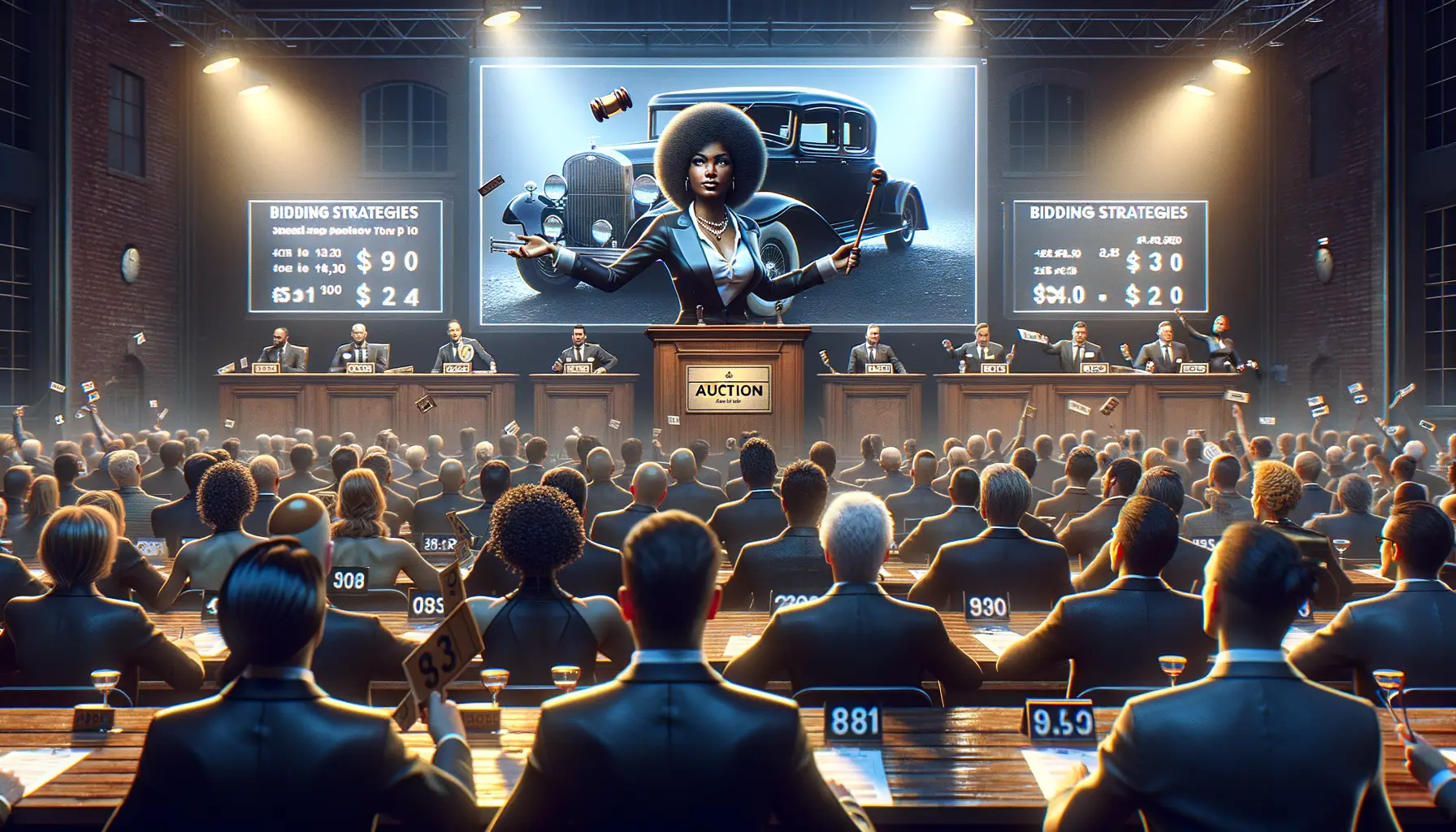
Mastering the Art of the Bid
Stepping into a coin auction is like diving into a whirlwind of excitement, strategy, and adrenaline. The key to walking away with treasures you love? A well-thought-out plan that keeps you sharp, prepared, and ahead of the game.
First things first: set your budget—and hold it tight. The thrill of bidding can creep up on even seasoned collectors, and before you know it, you’ve overspent chasing a shiny rarity. Keep your focus locked on your top picks. Got your heart set on a stunning 1856 Flying Eagle cent? Make it your mission without getting distracted.
During the auction, observe like a hawk. Watch for bidding patterns—some people love flashy gestures, punching bids high early, while others stealthily slip in at the last second. And when it’s your time to shine? Don’t be timid! A strong, confident bid shows you’re serious and can sometimes deter competition.
Lastly, don’t forget: patience is your most powerful ally. Not every coin will be yours, but the right one will land in your hands. Trust the process!
Post-Event Follow-Up and Networking

Keeping the Connections Alive
The excitement doesn’t end when the doors to the coin show close, and neither should your conversations! Post-event follow-up is where the magic happens, transforming fleeting interactions into lasting relationships. Did you meet a dealer who shared fascinating details about a rare 1909-S VDB Lincoln cent? Or maybe a collector who hinted at a piece you’ve been hunting for years? Reach out within a few days while your connection is still fresh. A simple thank-you email or message mentioning what stood out in your conversation can go a long way.
Take advantage of social media, too. Platforms like LinkedIn or specialized numismatic forums are goldmines for staying connected. Add those contacts, join relevant groups, and don’t shy away from participating in ongoing discussions. Think of networking like tending a garden – it requires attention and care to make it thrive.
Tracking New Opportunities
Coin shows often spark opportunities you don’t want slipping through cracks. Here’s how to stay on top:
- Create a dedicated file or digital folder for new contacts, auction catalogs, or brochures picked up at the event.
- Keep a list of any leads for specific coins or dealers you’re tracking down.
- Follow dealers’ websites or newsletters to stay updated on inventory changes or future show dates.
That treasure you’re looking for might just be waiting at the next show, guided by a lead you nurtured post-event.


